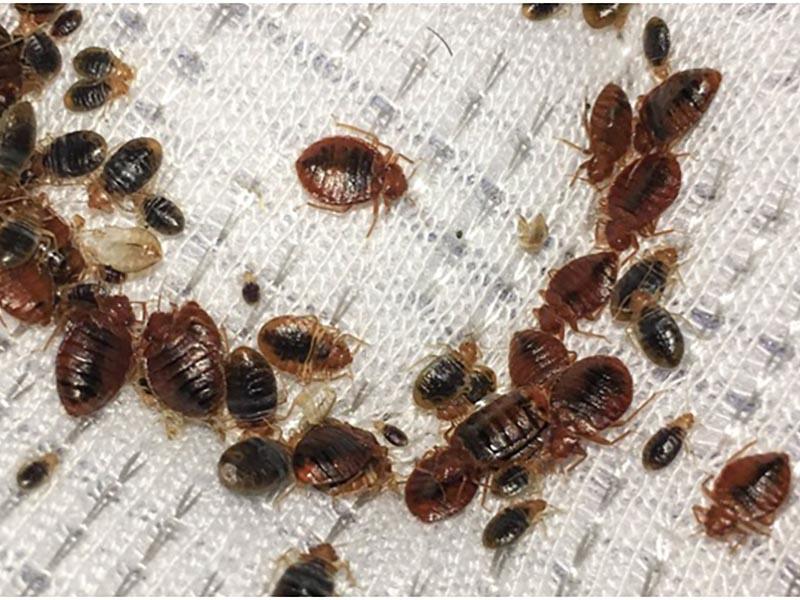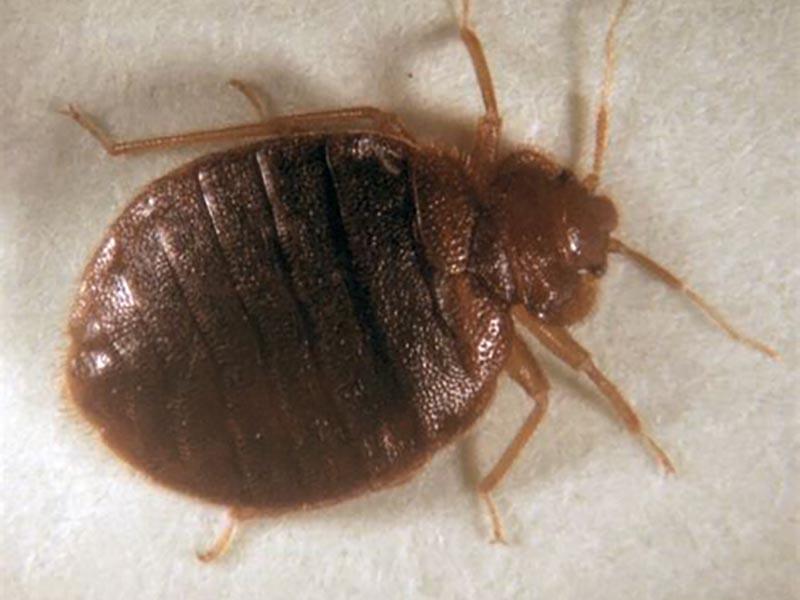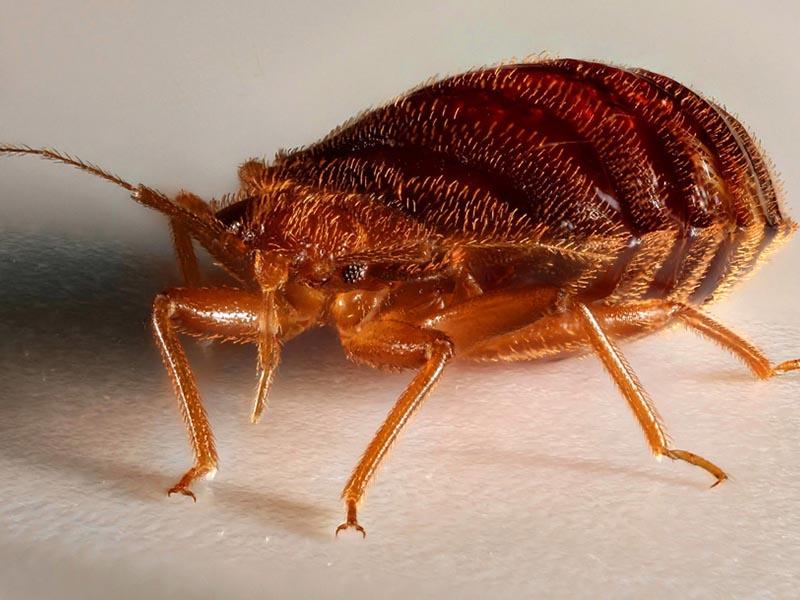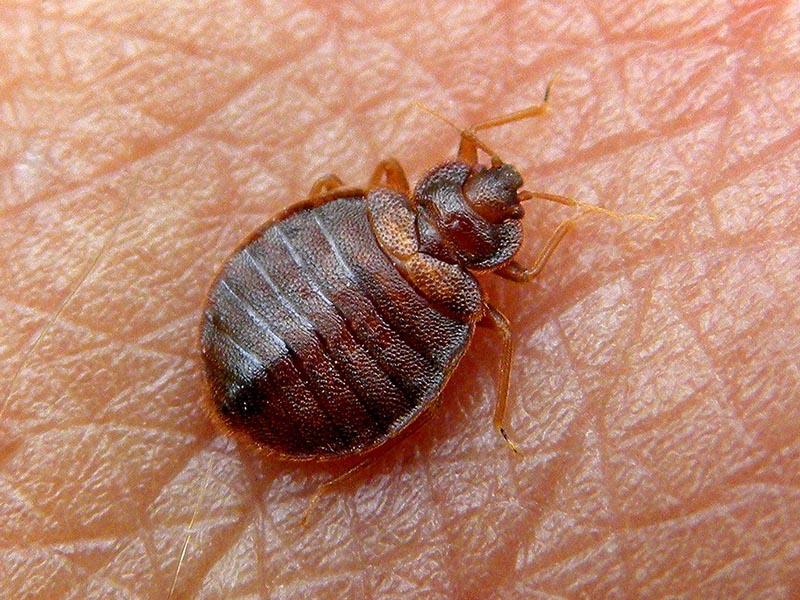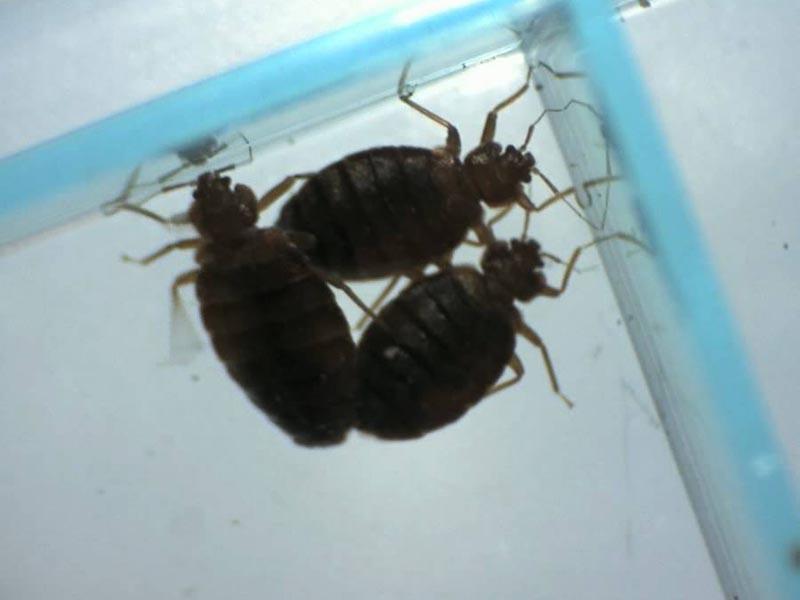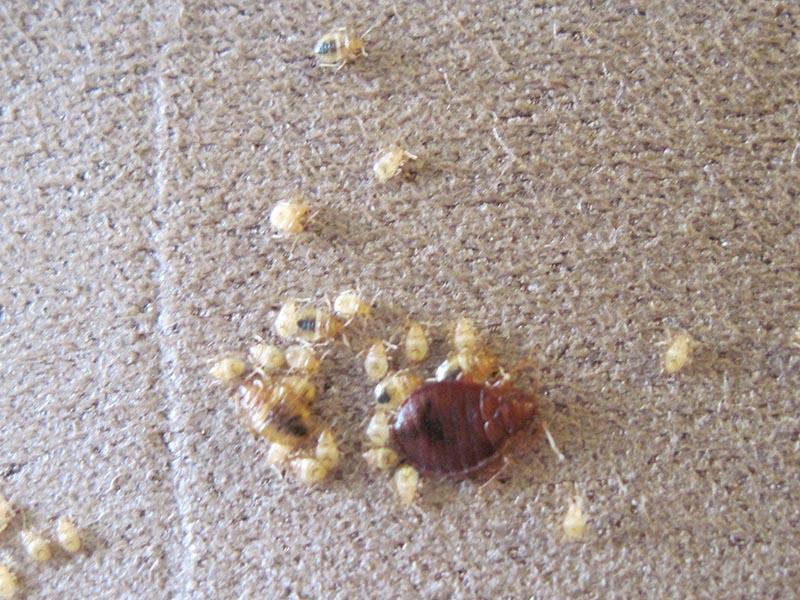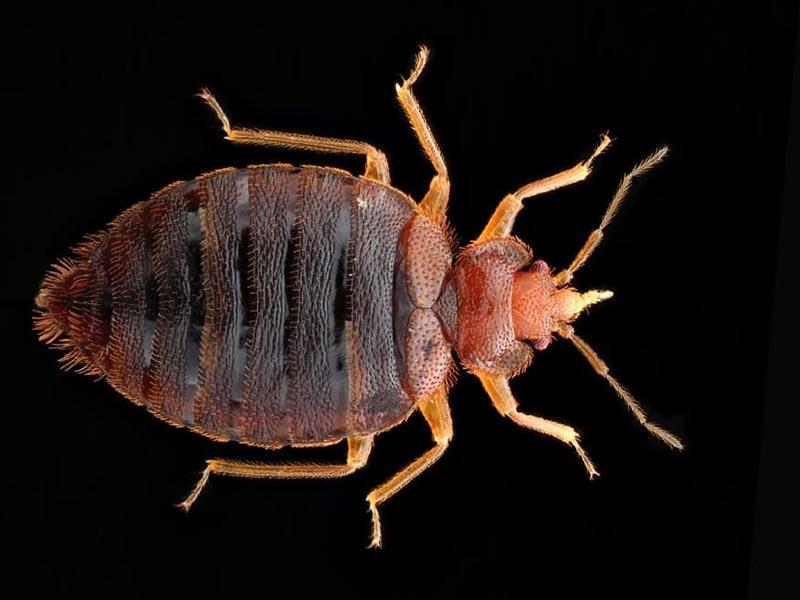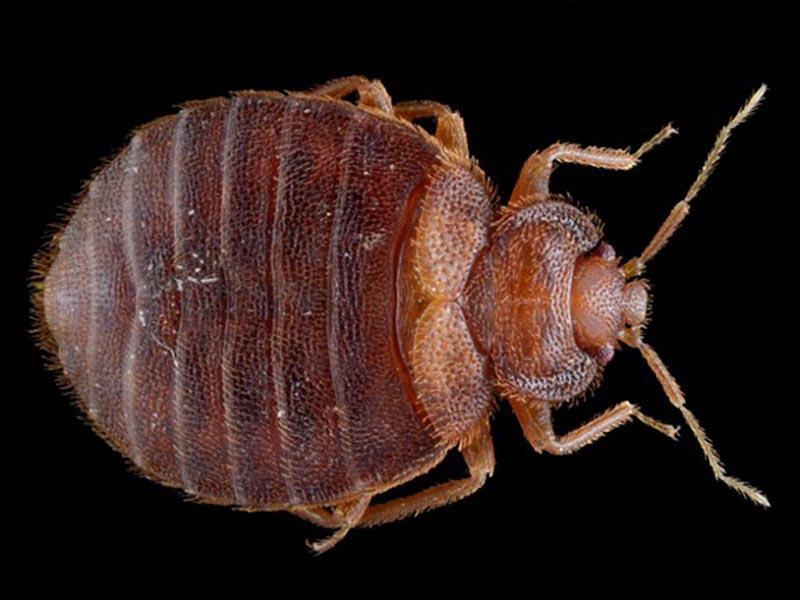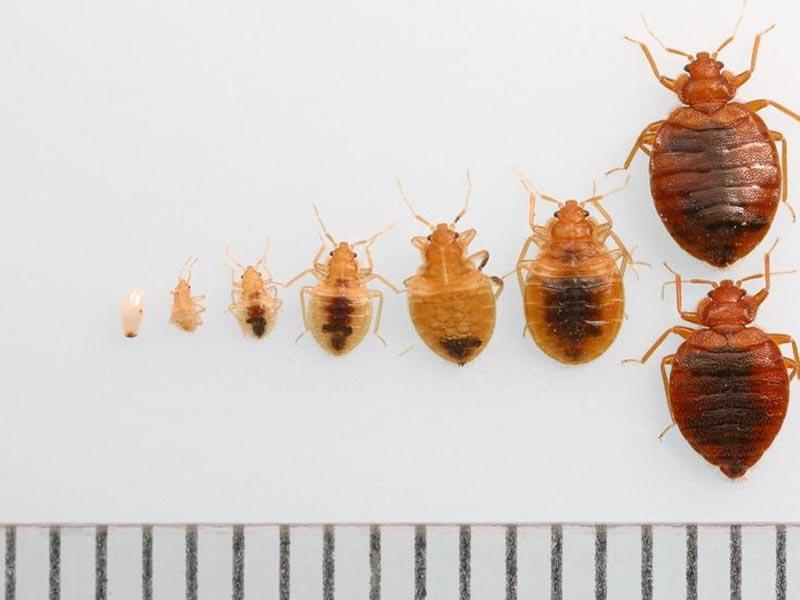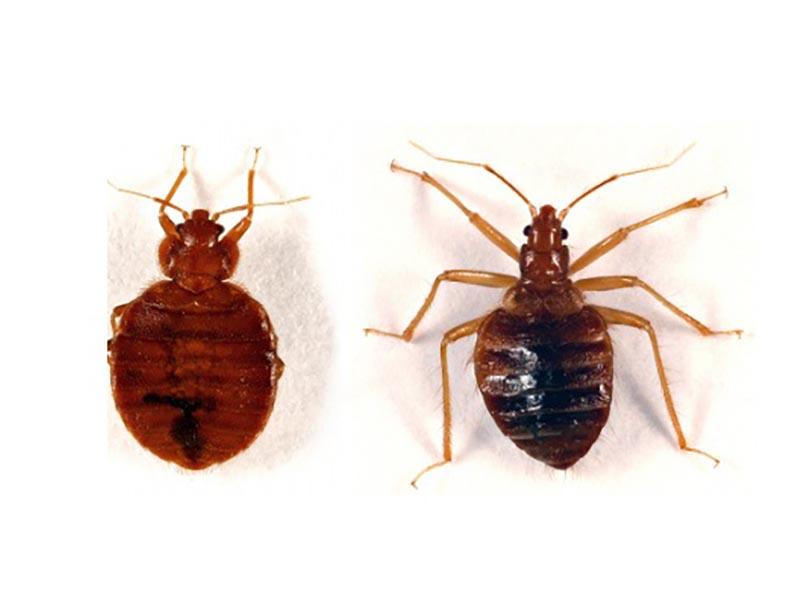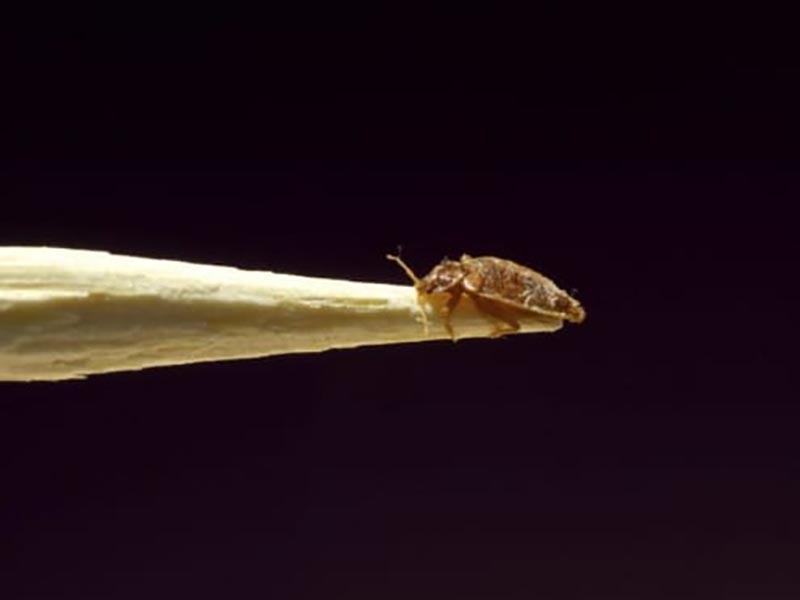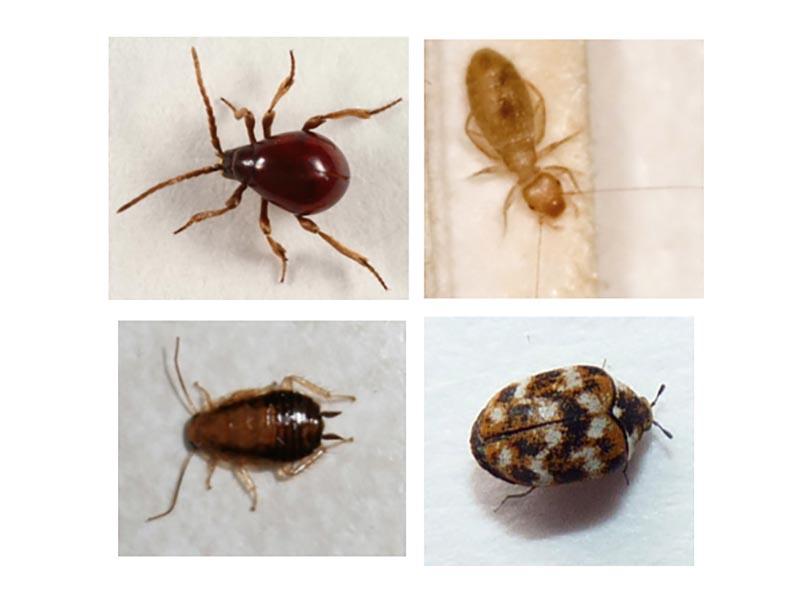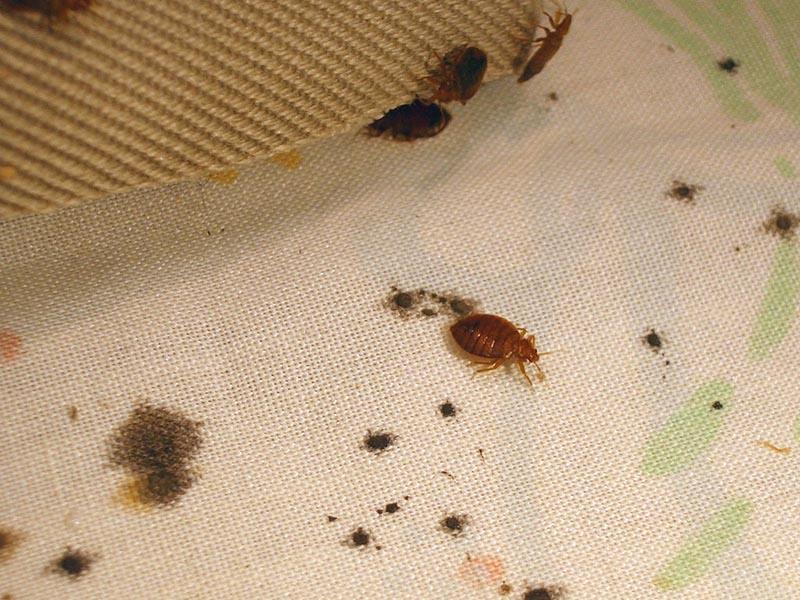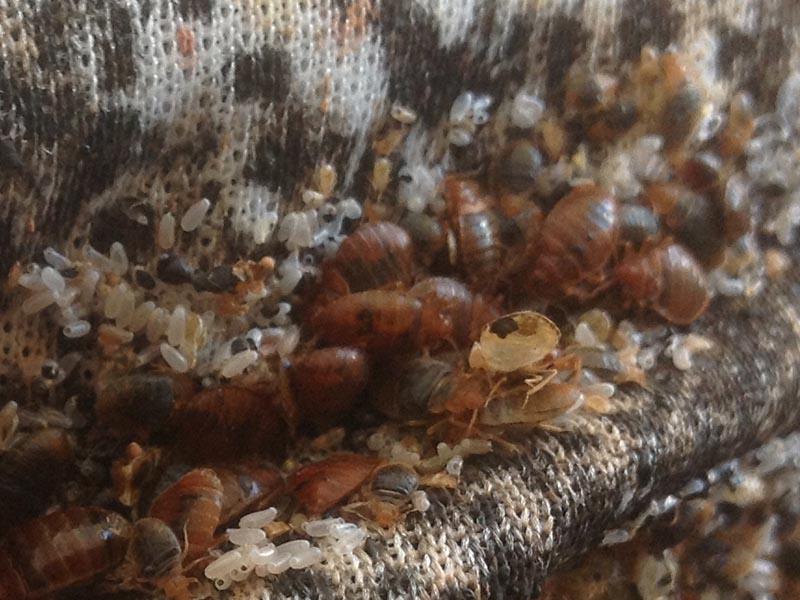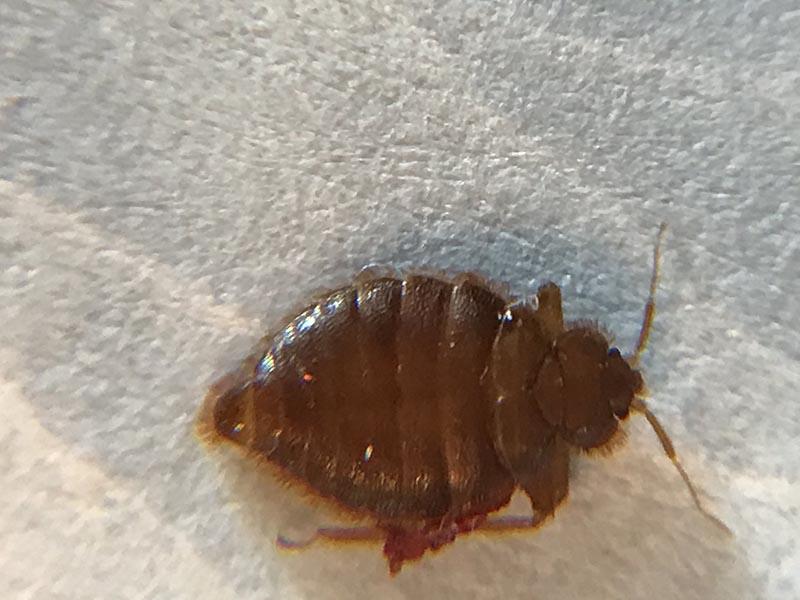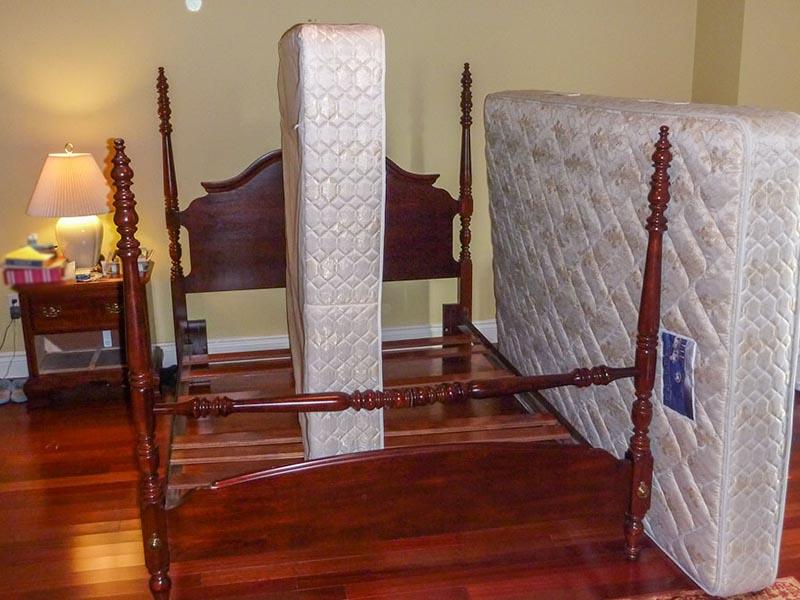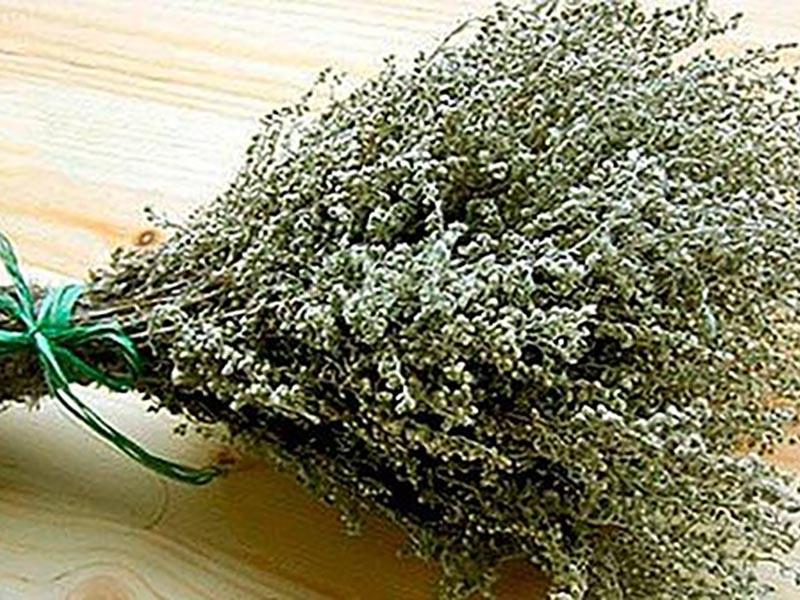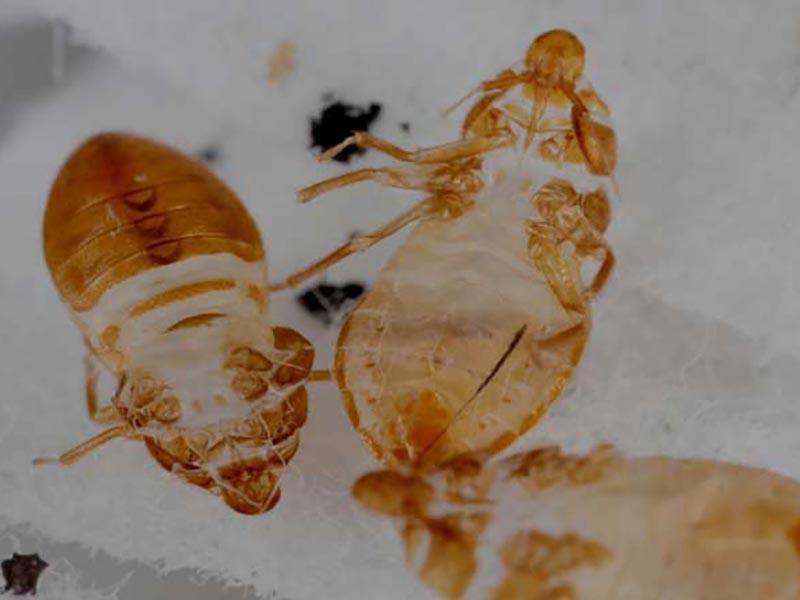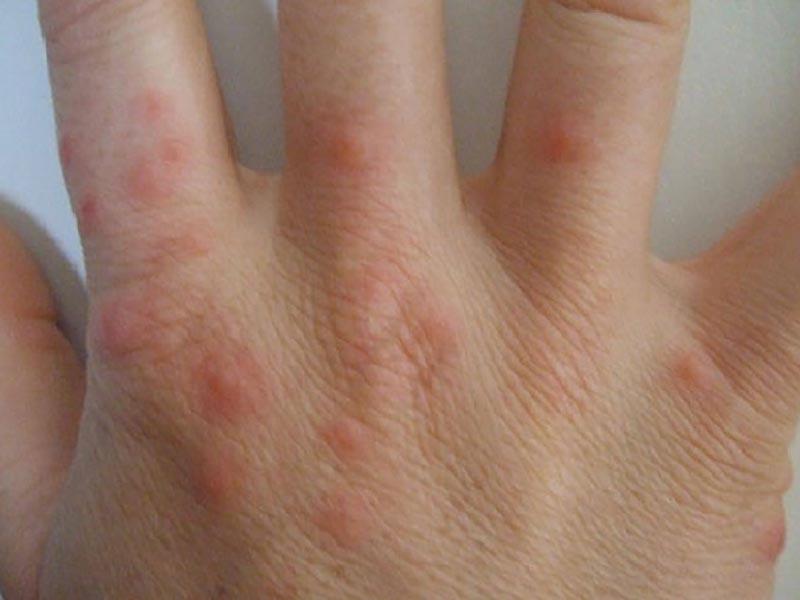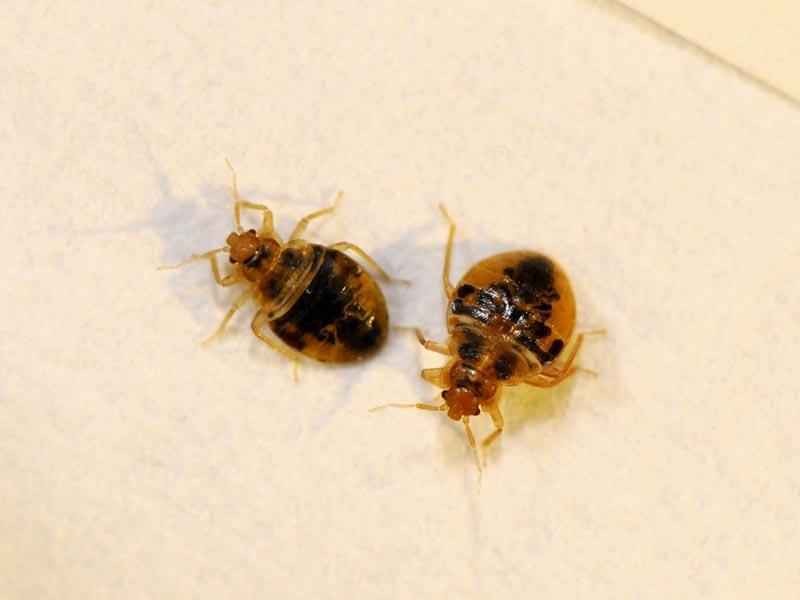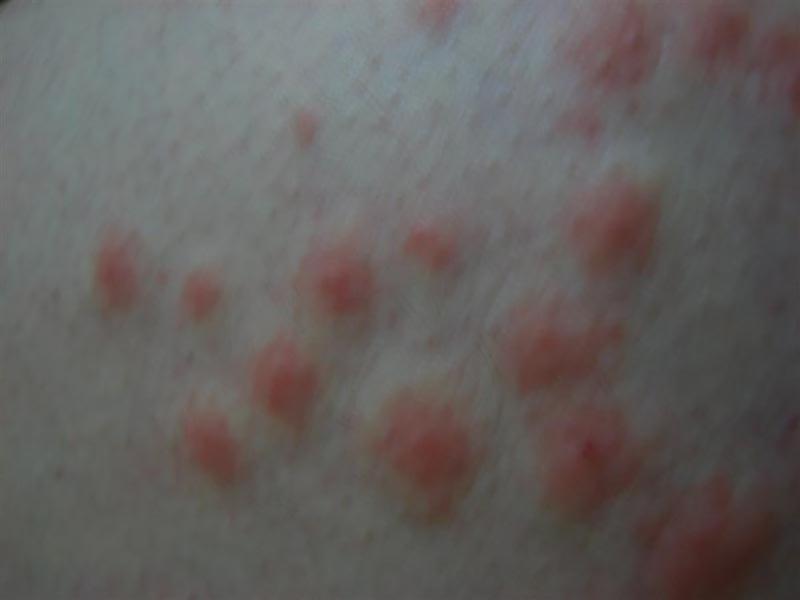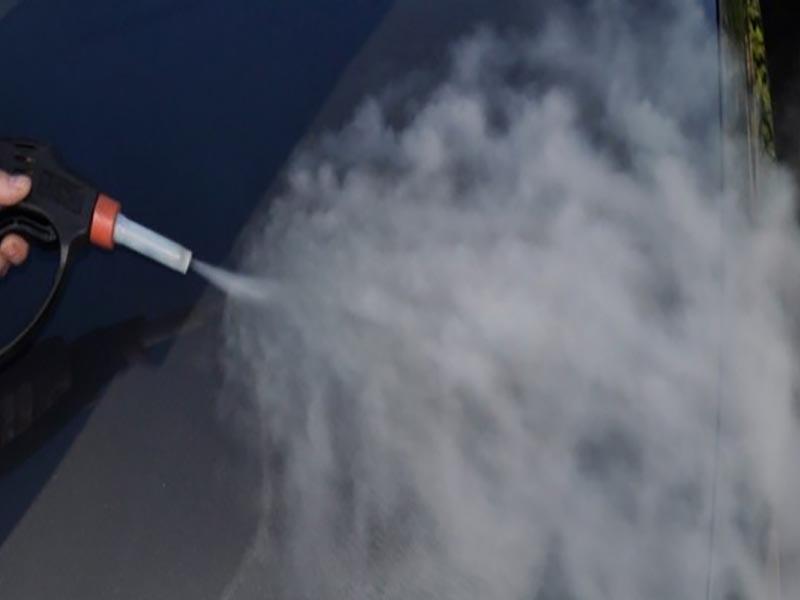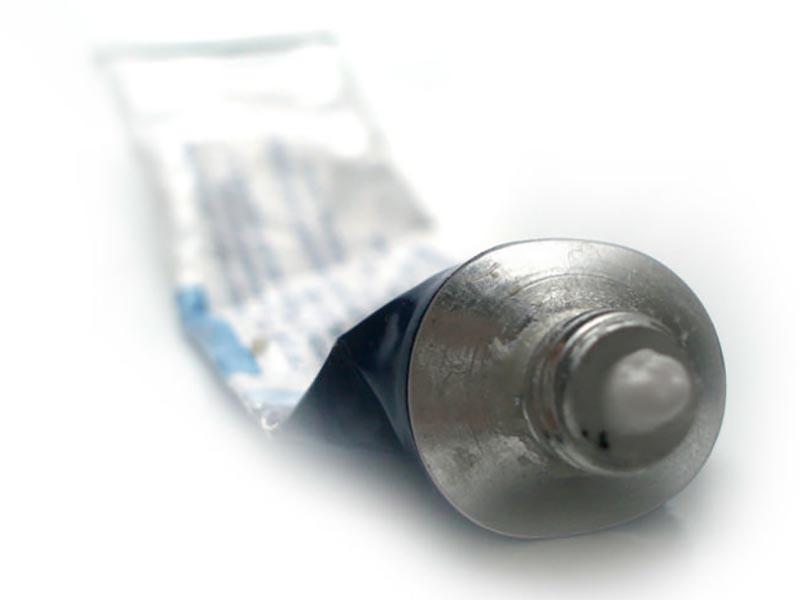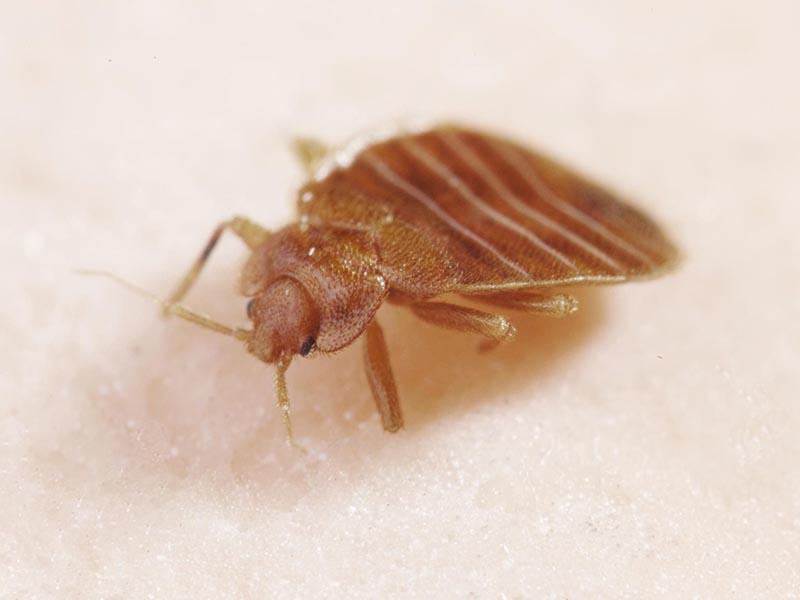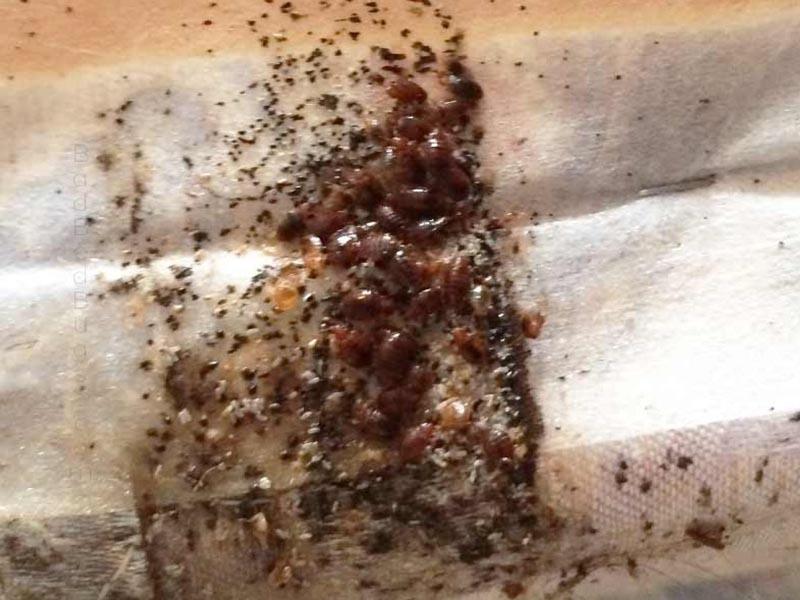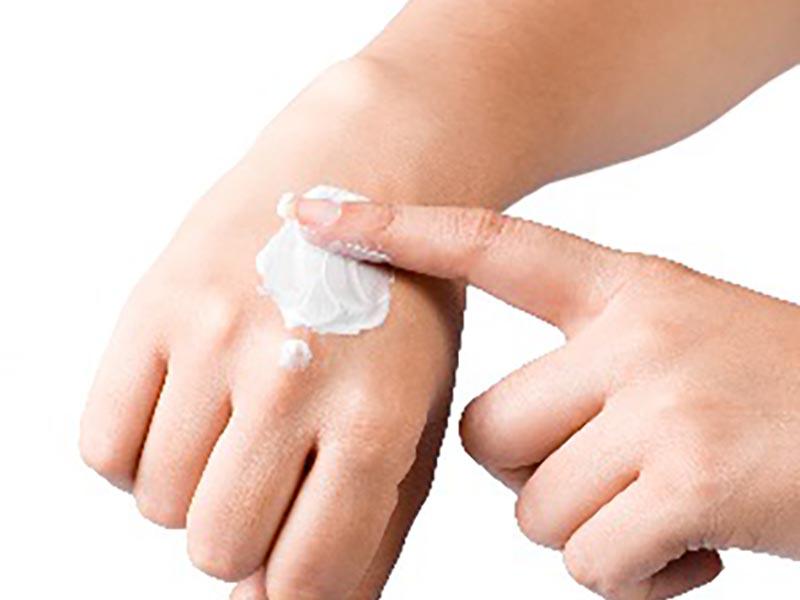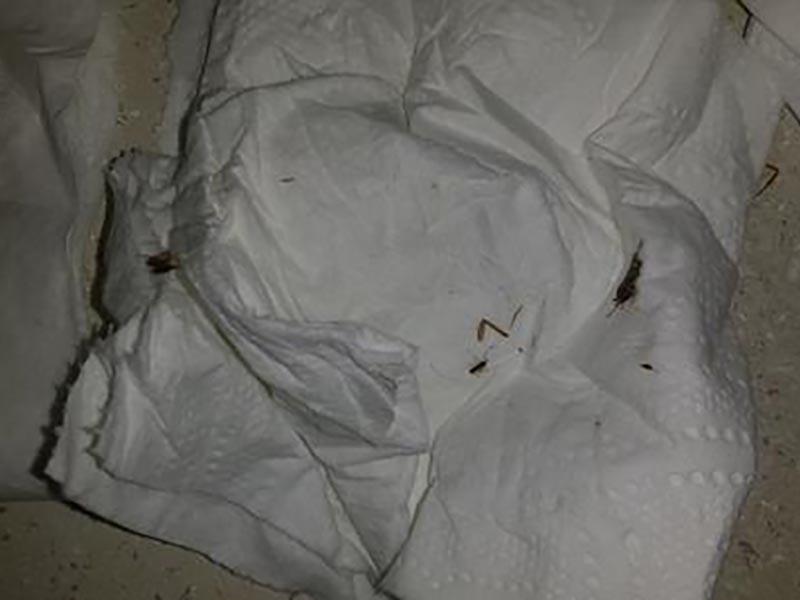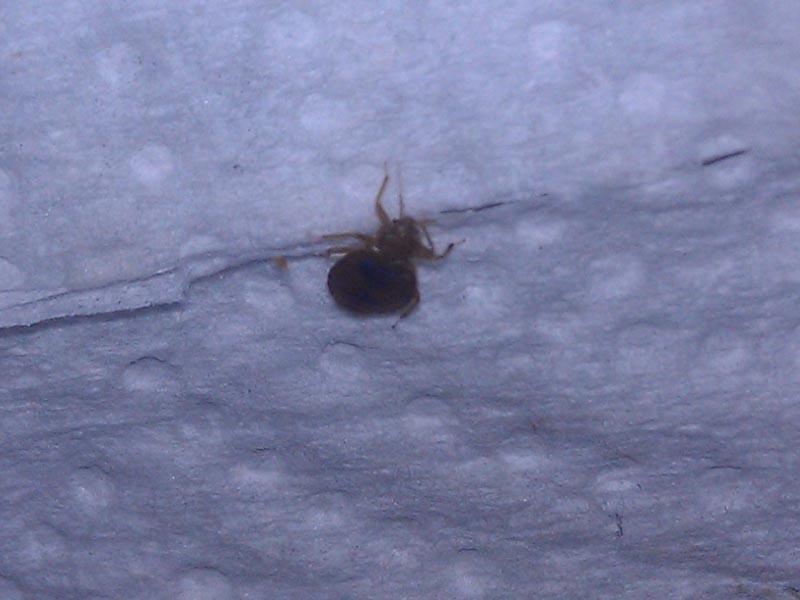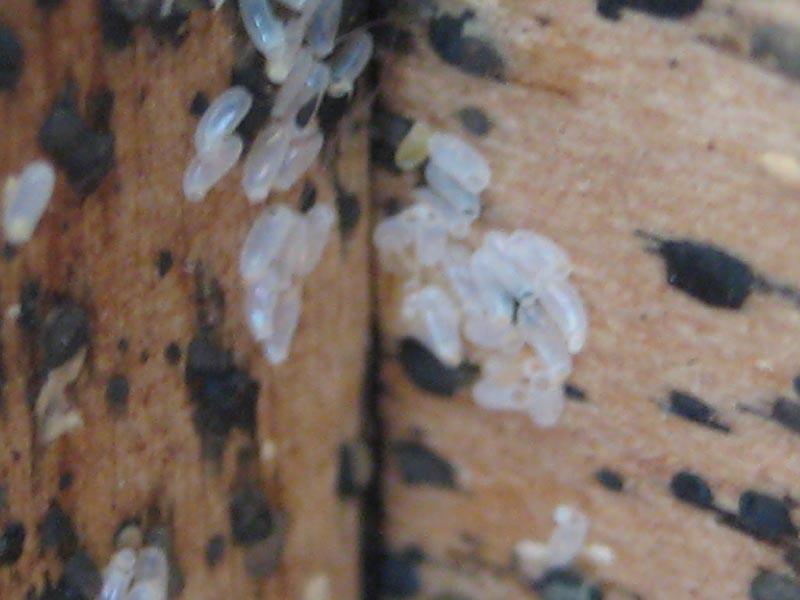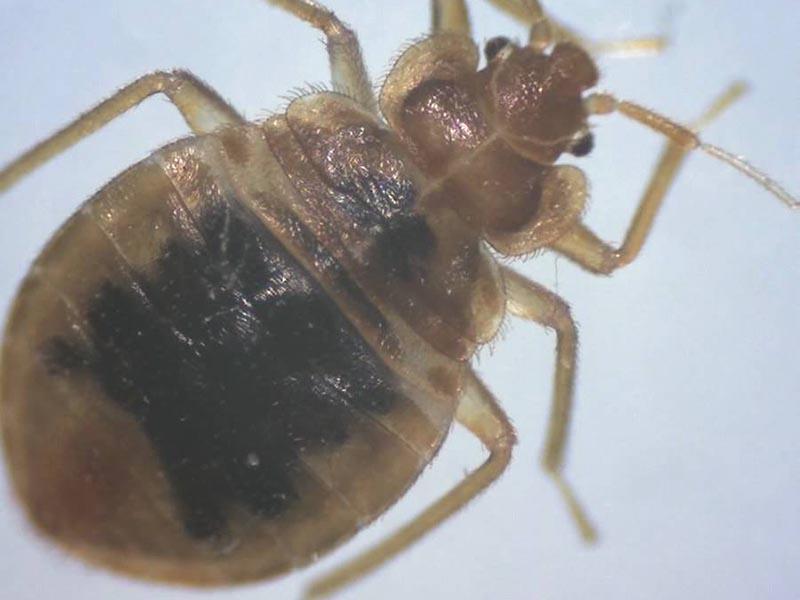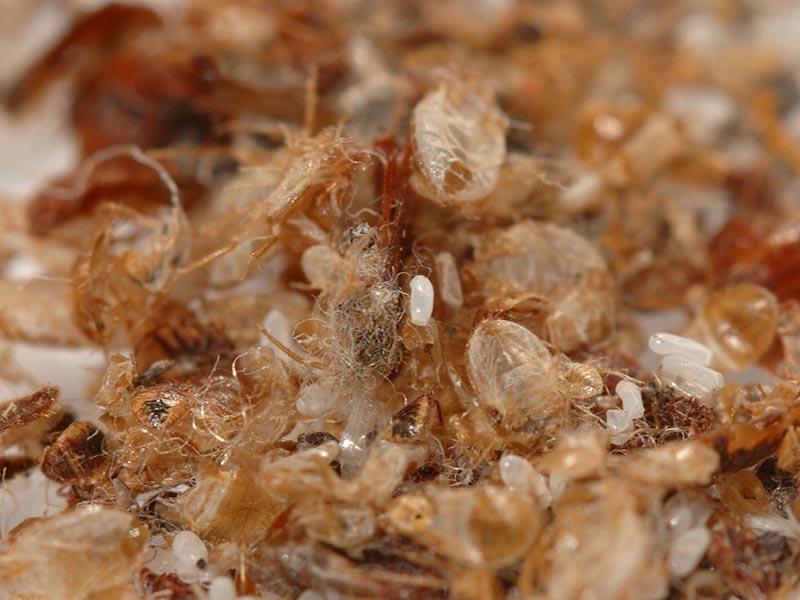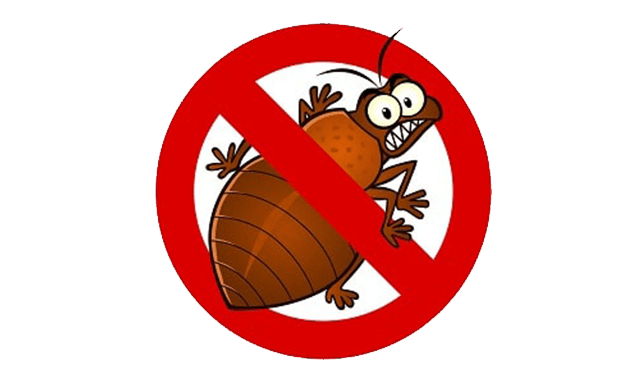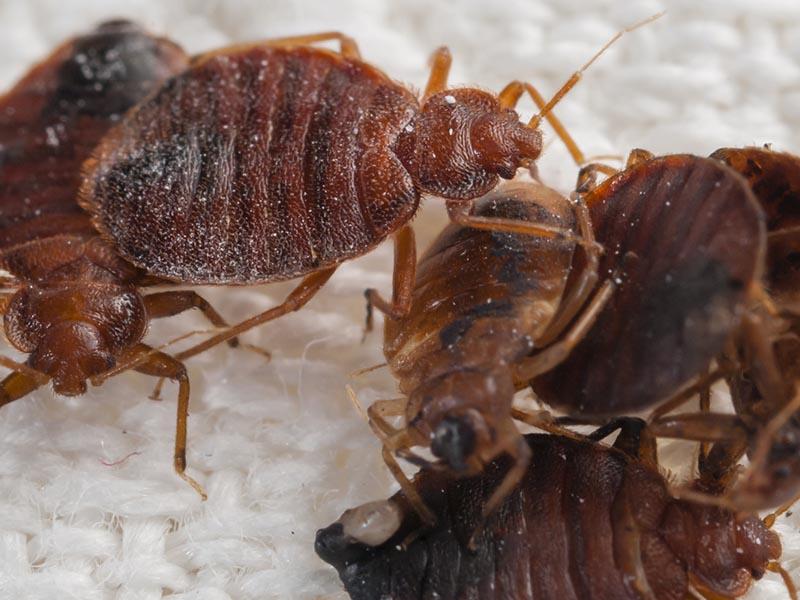Reader Question:

Alice
Few people scrutinize bedworms, but not me. It all began with the fact that our family had a fascinating person - my son: he is interested in all insects. When the bed parasites appeared in the apartment, the child interfered with the treatment in every possible way, did not allow to destroy the parasites. I had to invite exterminators on the sly while my son was at school. But thanks to him I now know a lot about these insects. The only gap that interests me from the practical side of the question is the ability to distinguish the parasites.
I studied bed bugs, even looked at close-up photos. I noticed a slight difference between the parasites: some are small, pale yellow, while others are dark brown and larger. But on the whole they are similar. Can you tell me if they are different types of insects or the same one. Do you need special remedies for them or can a common method be used to remove all the specimens, despite their external differences. Thank you.
I studied bed bugs, even looked at close-up photos. I noticed a slight difference between the parasites: some are small, pale yellow, while others are dark brown and larger. But on the whole they are similar. Can you tell me if they are different types of insects or the same one. Do you need special remedies for them or can a common method be used to remove all the specimens, despite their external differences. Thank you.
The author of the portal answers the question:
Opinion of an expert
Irina
Zoology major, Department of Biology, specialization - entomologist. "Be faster than a bedbug, then success will come!"
If you are studying bed bugs, a photo under a microscope will help. This reveals the smallest similarities and differences between individuals. But from the description you provided, I can tell you that these are bed bugs of the same species, but at different stages of development. A closer look will show the characteristic features, due to which the insects are referred to the species of bed bugs. The difference between them lies in the coloration, body size. Similarly, you can compare males and females. They are similar, but the former have a rounded back, while the latter have a pointed back. In addition, the females are larger.
